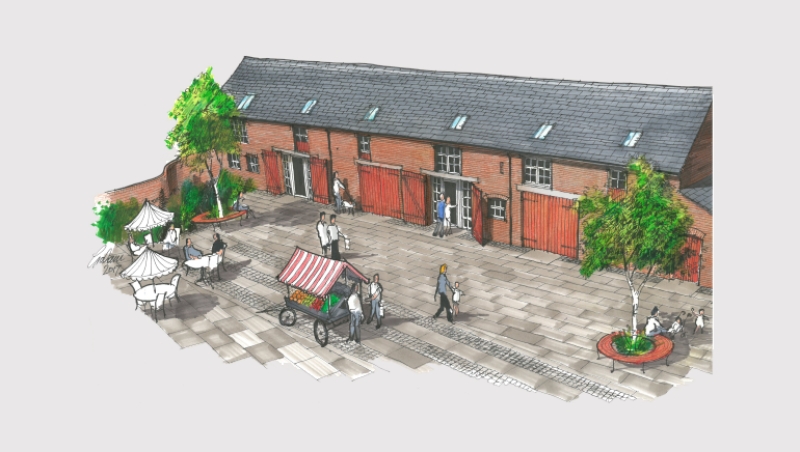
Rural estates – a country heritage
Posted on 24/04/23

Drive anywhere in the UK and you’ll encounter some great examples of country estates, with beautiful distinctive architecture dotted throughout the landscape. Estates occupy huge swathes of the UK. The largest landowner in the UK is the Forestry Commission, which owns about 2.5 million acres. The biggest single owner after that is the Crown Estate, which manages in the region of 677,000 acres. Estates are often not bound by geography and boundaries – the Duchy of Cornwall, for example, which recently passed to William, the Prince of Wales, comprises 52,449 hectares of land, spread across 20 counties.
Influence and style
Rural estates are an immensely important part of our heritage for a number of reasons. The buildings have shaped our landscapes and they have had a massive influence on style and rural matters down through the generations. The craftsmanship that went into creating many of these country estate houses is among the most skilled and innovative for their eras and set the standard for British architecture and design. It’s interesting too to look at these ‘grand designs’ and see how influential they became at a grassroots level – quite literally.
Elements of methods of landscaping and groundwork have become absorbed into the way we garden, with horticulture and the natural environment so continually popular – especially in these environmentally-aware times. But even more influentially, design ideas from the exterior and interior of estate properties have filtered through to the middle classes and then to the wider world in their own homes. This has resulted in aspects of such diverse design styles as pillars, picture rails and styles of carpentry for example, being absorbed into private residences, albeit it on a much smaller scale. The craftsmanship, quality and refinement of estate buildings also highlights the importance of preserving them and preserving the aesthetic of this unique built environment for the future.
For future generations
These days, with ever-rising labour, material and energy costs, the upkeep of these vast estates can be a huge challenge for the estate management. Retrofitting measurements for improving energy efficiency or offsetting energy demand may provide the means of retaining the buildings and their historical aesthetic, while improving energy performance and saving money. Rural diversification has allowed country estates to explore all kinds of interesting diversions beyond that which the land has been used for traditionally. These additional revenue streams have allowed forward-thinking estates to flourish and contributed both to their longevity and their upkeep. It’s essential that the architectural heritage of the buildings is preserved, so that future generations can continue to marvel at the grand designs of the past.
Contact us to find out more.
Latest posts
Join us at the Passivhaus Open days November 2023.
 30/10/23
30/10/23Whilst a little late in the day we're delighted to announce that we'll be partaking in the Passivhaus...
Read more...
EnerPHit Blog Article 10: Installation of the MVHR System.
 21/08/23
21/08/23One of the five core principles of Passivhaus is mechanical ventilation and heat recovery (MVHR). This...
Read more...
Completion of Small Animal Hospital at Birstall
 06/07/23
06/07/23The Brief.NWD Architects were approached to support the major extension of the existing Vets4Pets surgery...
Read more...
Introducing the Future of Pet Retail: Pets at Home Unveils Innovative Store in Spalding
 23/06/23
23/06/23Spalding pet enthusiasts have something exciting to wag their tails about as Pets at Home, the UK's...
Read more...
NWD Architects Ltd are recruiting.
 15/06/23
15/06/23POSITION - JUNIOR CAD TECHNICIAN NWD Architects Ltd NWD are looking to appoint a Junior CAD...
Read more...

